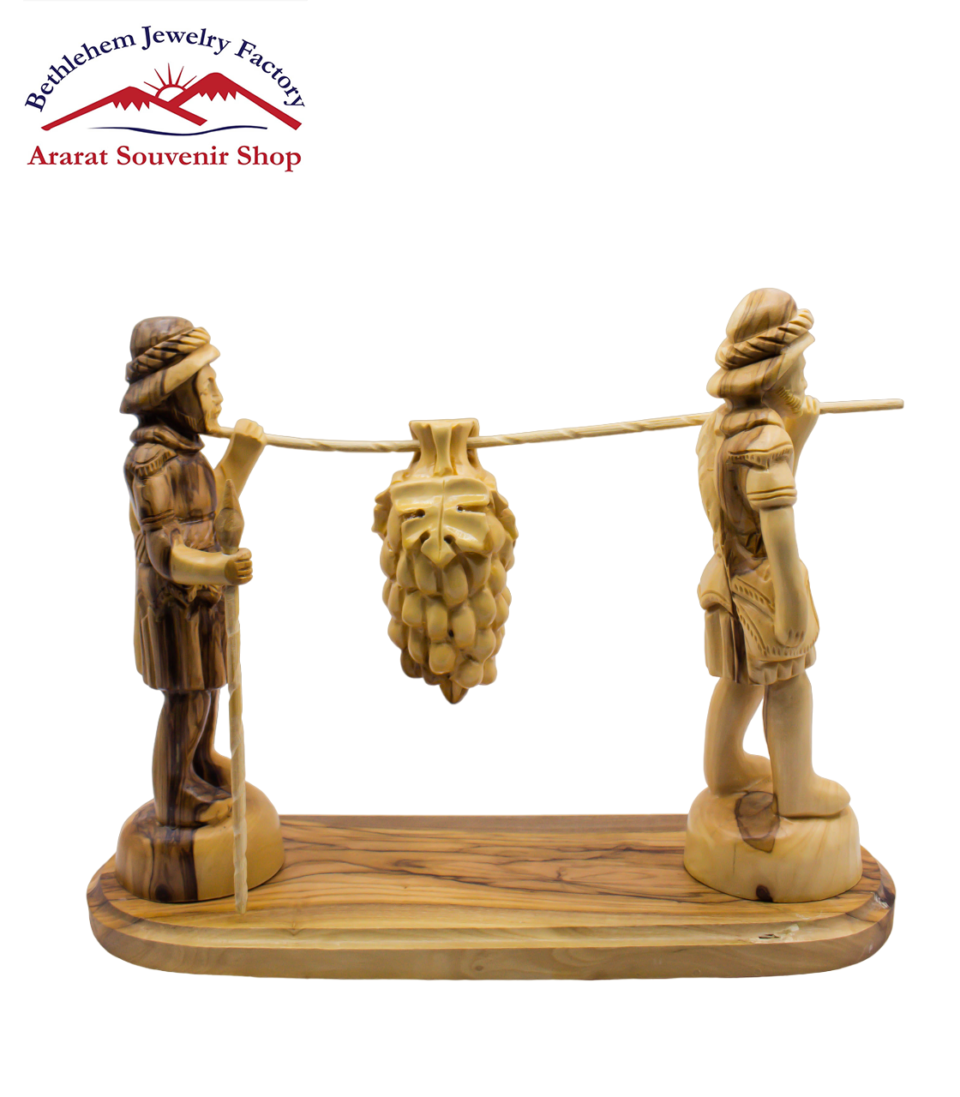Grape Holder
A grape holder, typically associated with wine culture and gastronomy, is a functional accessory that plays a pivotal role in both the preservation and enjoyment of grapes and grape-derived products, particularly wine. This seemingly simple tool can enhance the experience of serving, storing, and even tasting grapes, whether fresh or in their more refined form as a part of wine tasting rituals. Understanding the importance of grape holders involves delving into various contexts in which they are used, their design implications, and their cultural significance.
From a practical perspective, a grape holder serves to keep clusters of grapes organized and accessible. Grape holders can range from elegant, decorative bowls designed to showcase fresh grapes in a dining setting to practical, functional trays utilized by wine tasting professionals. In a culinary environment, a grape holder might be a beautifully crafted wooden or ceramic bowl that not only provides aesthetic appeal but also offers easy access to the fruit for guests at a dinner party. The design can significantly affect the presentation, encouraging guests to indulge in healthy snacks while they engage in conversation or enjoy a meal.
In the realm of wineries and wine tasting, the grape holder takes on additional significance. These holders are often used to display various grape varietals, showcasing their unique colors, textures, and aromas. For wine enthusiasts, the visual presentation of grapes can enhance the overall experience, prompting discussions about terroir, the environment in which the grapes were grown, and the characteristics that contribute to the distinct flavors found in their wines. Different varieties of grapes, from Cabernet Sauvignon to Chardonnay, possess their unique profiles, and a well-constructed holder can help highlight these differences.
Moreover, grape holders can influence the tasting experience itself. When serving wine, the grapes from which the wine is derived can accompany the tasting, adding a tangible, relatable element to the experience. It allows tasters to connect more deeply with the wine by tasting the source—the grapes themselves. Some wine tasting events feature grape holders that encourage visitors to sample both the grapes and the wine crafted from them, providing an understanding of how grape characteristics translate into flavor profiles in wine. The tactile experience of holding grapes while sipping wine complements the sensory experience, allowing the drinker to appreciate the nuances better.
The materials used to create grape holders also add layers of meaning to their usage. From glass and metal to ceramics and bamboo, the choice of material can reflect the occasion and intended ambiance. For example, a sleek stainless steel holder may be more suitable for modern, upscale events, while rustic wooden bowls perfectly complement countryside gatherings or relaxed family meals. The choice of material also reflects cultural preferences and customs; in regions known for winemaking, such as Bordeaux in France or Napa Valley in California, grape holders might feature artisanal craftsmanship, spotlighting regional pride and the local winemaking tradition.
Conversely, grape holders can also serve a cultural or educational purpose. Workshops or classes focused on winemaking often utilize grape holders as part of the learning process, helping participants understand the significance of different grape varietals and their cultivation. Educators can use grape holders to display grapes for tasting, allowing learners to explore the relationship between grape composition and wine quality. This experiential approach creates a lasting impression, making the educational process more engaging and memorable.
Furthermore, the world of marketing and branding has recognized the importance of grape holders. Wineries and vineyards may gift branded holders to loyal customers or at events, creating a memorable experience linked to their products. This can foster customer loyalty and encourage word-of-mouth advertising, as these holders can be used in various settings, furthering the brand’s visibility.
Environmental sustainability can also be a relevant topic in the conversation surrounding grape holders. As consumers become increasingly aware of their ecological footprint, there is a growing demand for eco-friendly materials and practices in the production of accessories like grape holders. This trend encourages manufacturers to create products that align with sustainable practices, such as using reclaimed materials or implementing responsible sourcing methods. Such measures contribute to a broader culture of sustainability within the wine industry and among consumers, enhancing the reputations of establishments that prioritize environmental stewardship.
In conclusion, the grape holder is much more than a mere accessory; it embodies functionality, artistry, and cultural resonance. From enhancing the aesthetic appeal of dining and wine tasting experiences to serving educational purposes and promoting brand identity, these tools reflect the importance of grapes in our culinary landscape. Whether used to showcase fresh fruit on a dining table or display grapes at a wine tasting event, grape holders facilitate a deeper appreciation of the intricate relationship between nature, culture, and craftsmanship. As we savor the complexity of flavors that grapes offer, it becomes apparent that these holders play an integral role in enhancing our enjoyment and understanding of this beloved fruit and its many expressions in food and wine.












Reviews
There are no reviews yet.